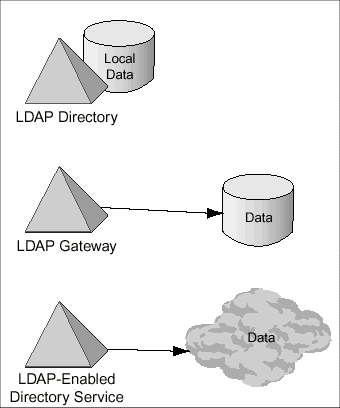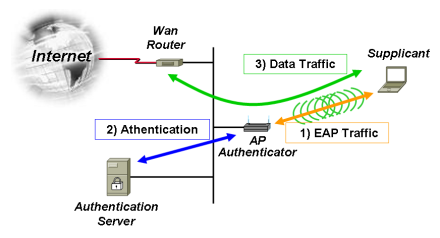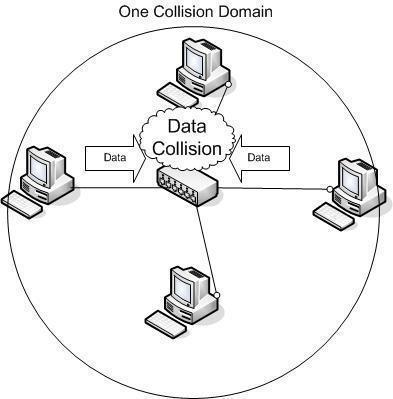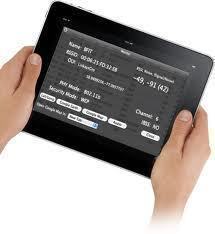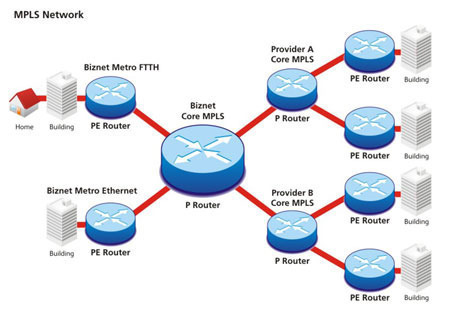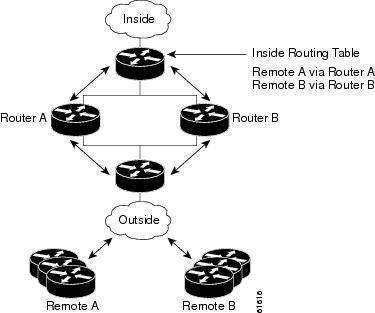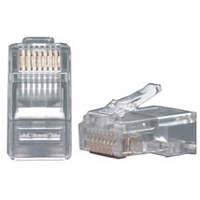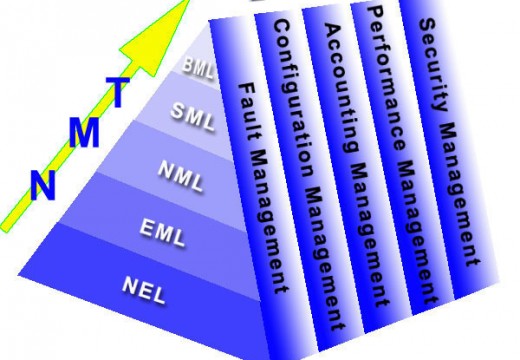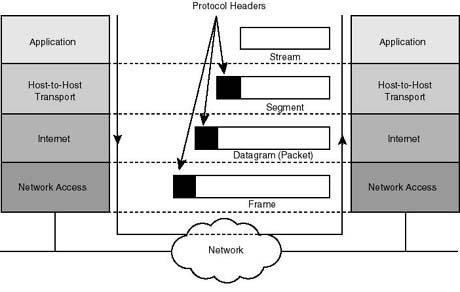How to Change a WEP Key
A WEP (Wired Equivalent Privacy) key is a type of security algorithm for wireless devices that protects a computer from hackers and people who are trying to access someone else’s Internet connection. It consists of the numbers 0-9 and the letters A-F and can be 10, 26, or 58 characters long. For devices within the …


